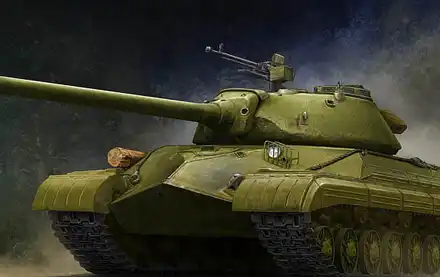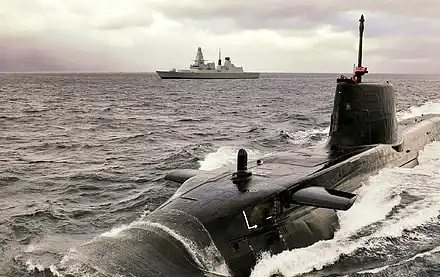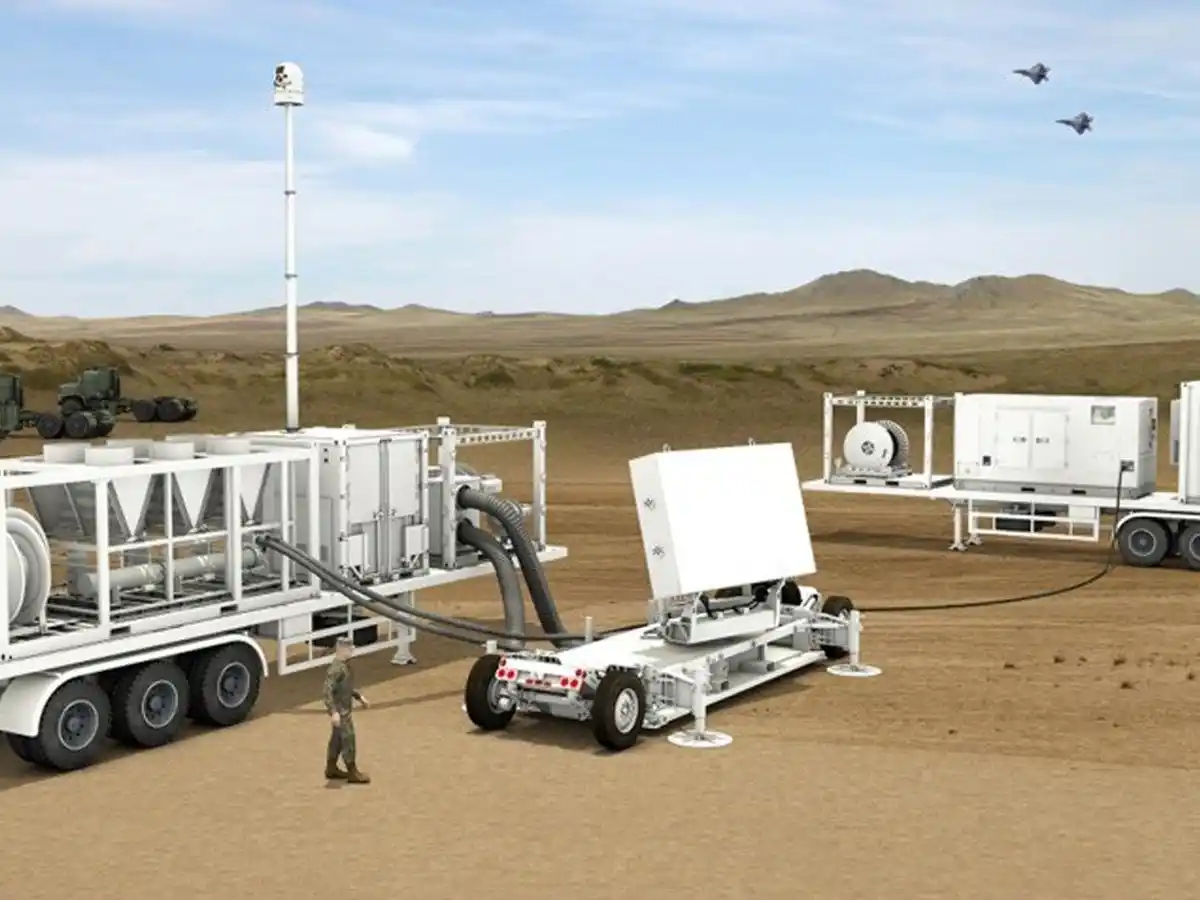




Lockheed

Lockheed Martin is bringing X-band and C-band radar capabilities to the U.S. Air Force Advanced Radar Threat System Variant 3 (ARTS-V3) program office, addressing the evolving needs of aircrew training against advanced adversarial threats. The introduction of C-band technology in the ARTS-V3 VADR system marks a significant milestone for Lockheed Martin and the U.S. Air Force.
The VADR system supports future air warfare training requirements by providing realistic replication of advanced long-range Surface to Air Missile (SAM) air-defence radars. Using the VADR system, the U.S. Air Force will be able to train and test the latest 5th and 6th generation platforms, pilots, and aircraft to stay ahead of air warfare capabilities and dominate global deterrence.
Versatile and Cost-Effective
In addition to C-band technology, the ARTS-V3 VADR system incorporates dual-polarization capabilities and electronics packaging commonality with Lockheed Martin's Sentinel A4 radar. This provides low-risk enhancements for the U.S. Army’s program of record to increase effectiveness in contested environments. The C-band Line Replaceable Units (LRUs) can be utilised by the Army and other services as an alternative in situations where S-band commercial interference is a concern.
VADR provides a more affordable solution through software-defined radar technology that allows the system to simulate any threats within the X-band and C-band frequencies as compared to legacy training systems that are each tailored to a single threat. The flexibility in design and technology enables the VADR system to rapidly adapt to meet changing requirements for new threats.
By maximising the capability of the X-Band and C-band technology as well as the software-defined radar flexibility, Lockheed Martin continues to lead the way in next-generation radars, keeping forces prepared for the challenges of the 21st century.